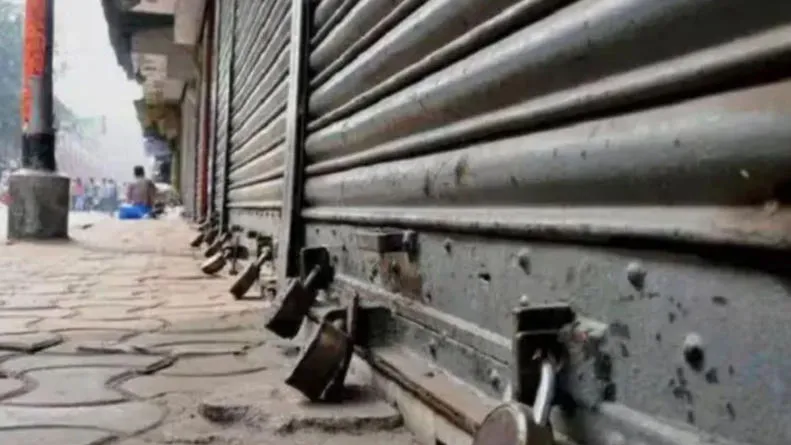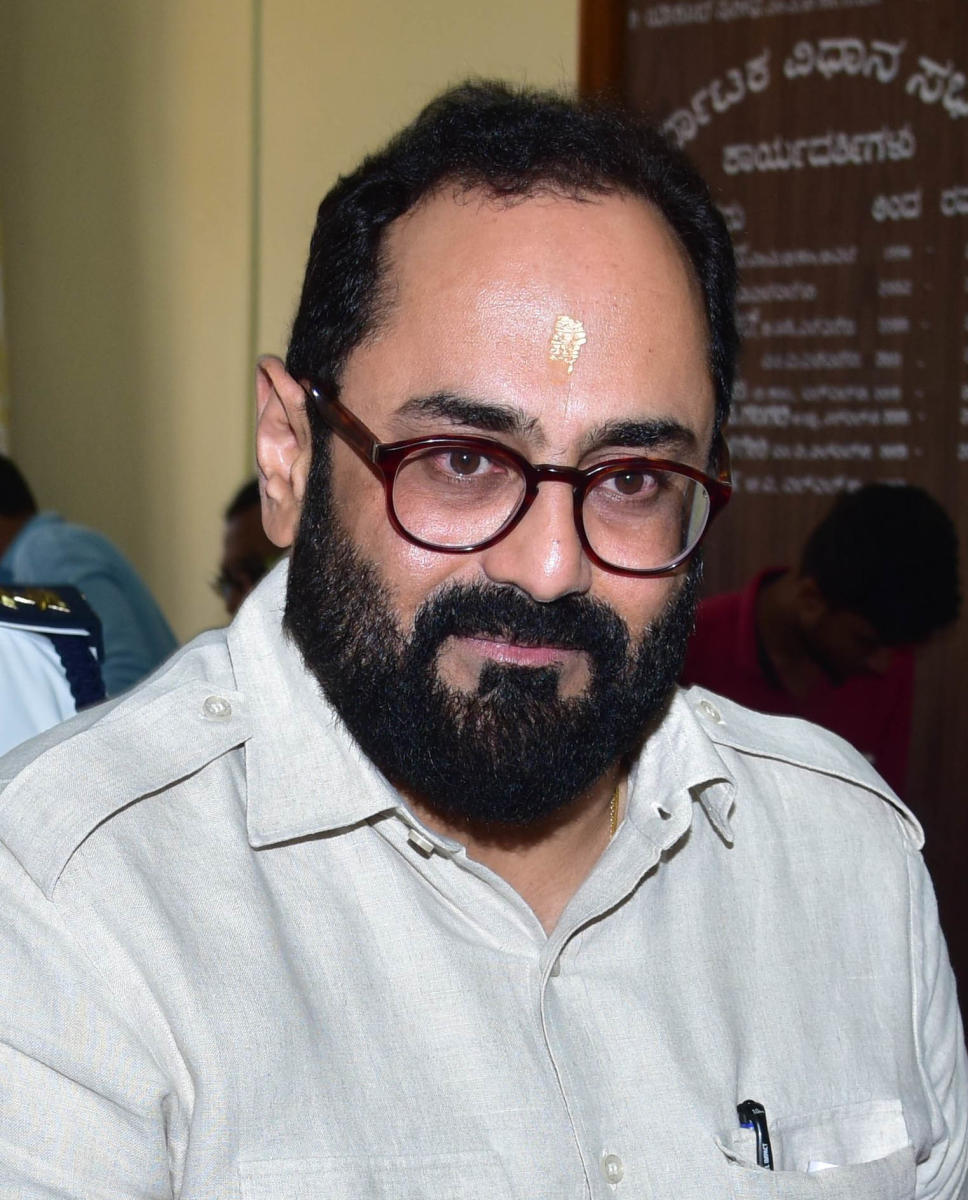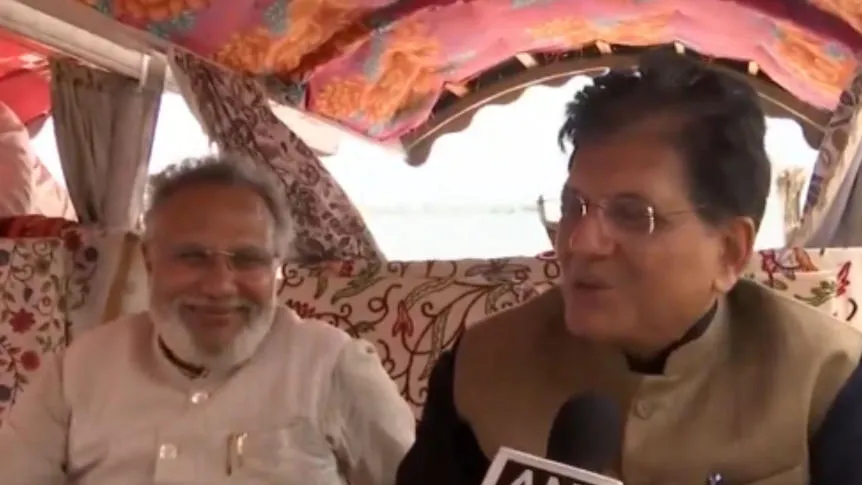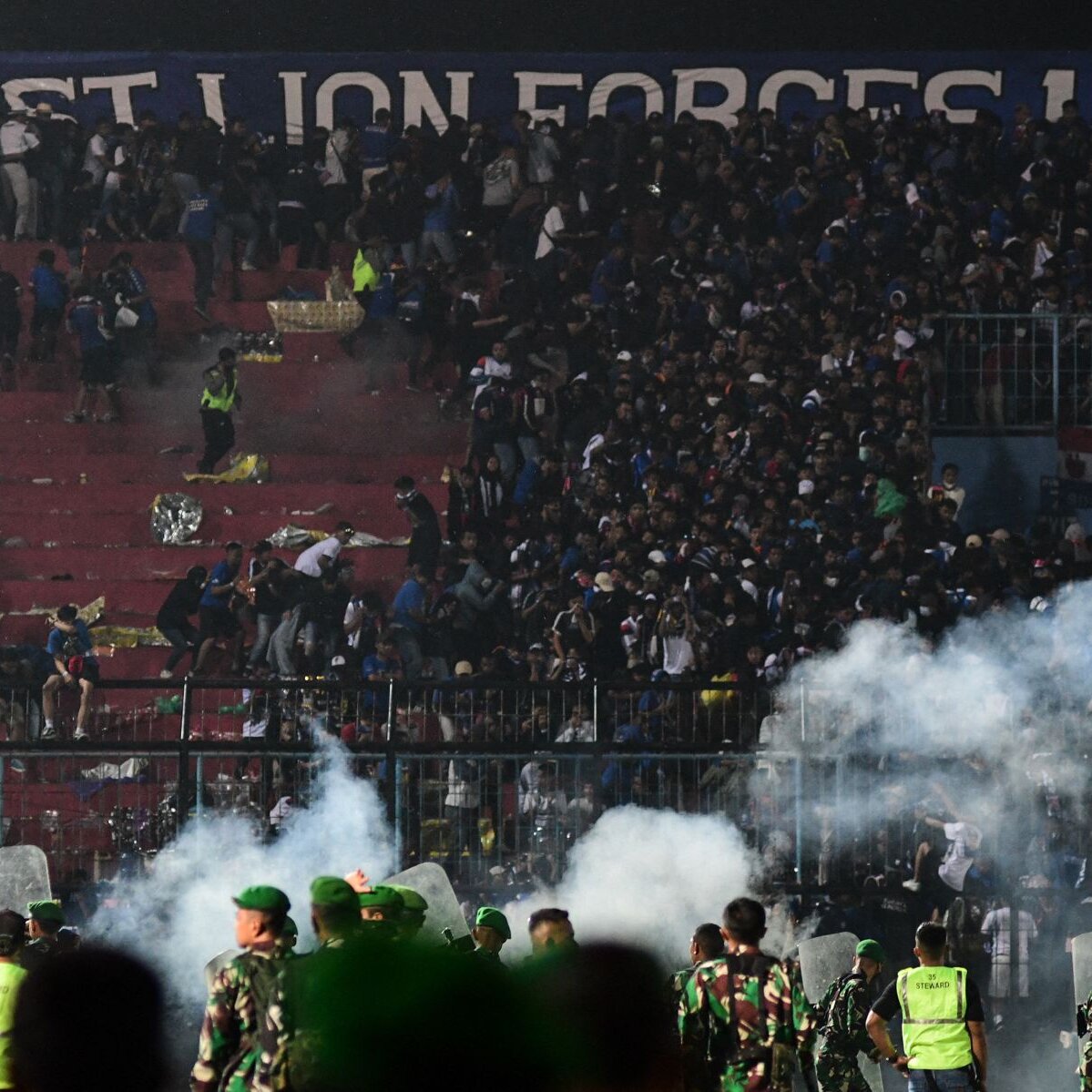Journalists bravely resisted censorship and repression during Emergency, upholding press freedom under intense pressure.
The large-scale political repression, arrests, and censorship during the Emergency (1975-77) have again become a topic of discussion after 50 years. However, it is also important to note that despite the sword of power hanging over them, many editors and journalists in India not only challenged the government but also played a significant role in sending information for underground activities and distributing written or printed material across the country.
I had been working since 1971 as a correspondent for the news agency Hindusthan Samachar in Delhi, reporting on politics and Parliament. I used to write articles in newspapers about government-opposing movements in Gujarat and Bihar along with reporting. Baleshwar Agrawal, the chief managing editor of Hindusthan Samachar, and the bureau chief were former RSS propagators. However, being a major news agency of Indian languages, they had good contacts with several Congress ministers and leaders. It was through them that a young journalist like me was introduced to these leaders.
The monthly payments from the central and state governments for installing teleprinters in their offices were a major source of income for the agency. Hence, the Emergency imposed in 1975 came as a huge shock for journalists like me. By chance, I was assigned to work in Gujarat for a few months, which allowed me to travel between Gujarat and Delhi. Before the merger of two English and two Hindi news agencies by the government in February 1976, I got a job as a correspondent with the weekly magazine Hindustan Times. Thus, I continued to receive updates about the activities of both the government and the opposition.
On June 26, 1975, the President declared a state of Emergency, stating that the country was facing a severe crisis and internal disturbances threatened national security. With the declaration of Emergency, the government launched an attack on the press. Although the Emergency was declared, the framework for press censorship was not initially prepared. The government considered it necessary to stop newspapers from publishing. Newspapers remained without electricity from June 26 to June 29. Later, the government devised a censorship policy and appointed Dr Baji as the Chief Censor, who served until H.J.D. Penha was permanently appointed to the position.
Prime Minister Indira Gandhi was highly displeased with the press.
On July 22, 1975, in a speech in the Rajya Sabha, she said, “Before newspapers existed, there were no movements. Movements happen on the pages of newspapers. If you want to know why newspapers were censored, this is the answer. I have no doubt that newspapers incite people and spread communal frenzy.”
Gandhi believed the press was against her government. She accused the press of publishing false and fabricated news that damaged the country’s dignity. According to her, overemphasis on rights without responsibilities leads to a dangerous situation, and some newspapers were doing just that. She said there was no place for positive news in newspapers, while gossip, lies, and damaging news were exaggerated. This weakens the country and lowers people’s morale. She also accused the press of undermining the dignity of the Prime Minister’s Office and directing the opposition. She justified the Emergency by stating that it was imposed to balance responsibilities and rights.
Accordingly, on June 27, 1975, guidelines for the press were issued. Newspapers were instructed to avoid publishing news that would harm the dignity of the Prime Minister’s Office. On August 5, 1975, another directive was issued, stating that only news related to law and order and the country’s economic development should be published. The censor office also stated that any news or movement against the government would not be permitted. Editorial spaces were to be left blank or replaced with quotations. Moreover, the Chief Censor sent telex messages to censor chiefs in states, emphasising the secrecy of these directives and instructing them to inform editors verbally.
Thus, the government created a system that allowed nothing against it to be published, and whatever did get published favoured the government. The result of these censorship orders was that even statements criticising public sector enterprises, such as those by the chairman of the MRTP Commission, were not published. Censors also banned publication of court orders and news about judges’ transfers. In some states where opposition parties governed, their proposals for constitutional reforms were also blocked from publication. The first editor arrested was R. Malkani of Motherland, published by the RSS. Sadly, some editors even congratulated Gandhi for imposing the Emergency. On the other hand, esteemed editors like Kuldip Nayar, who had worked with Lal Bahadur Shastri and Gandhi, called journalists to assemble at the Press Club on June 28, 1975, at 10 am. I was amazed to see 103 journalists gathered there, including some editors. Nayar prepared a resolution which everyone passed, condemning the censorship and urging the government to lift it immediately. They also demanded the release of journalists already detained. The resolution was sent to the President, Prime Minister, and Information and Broadcasting Minister with signatures.






















